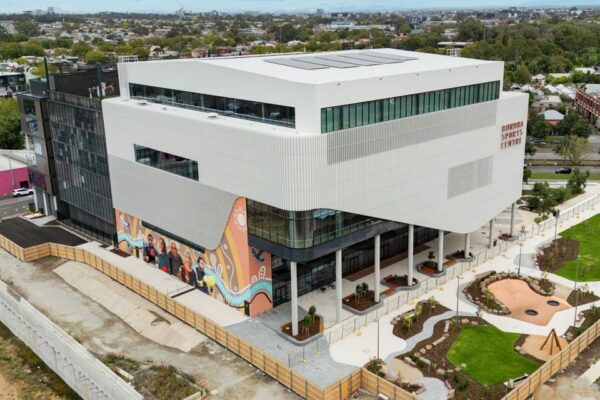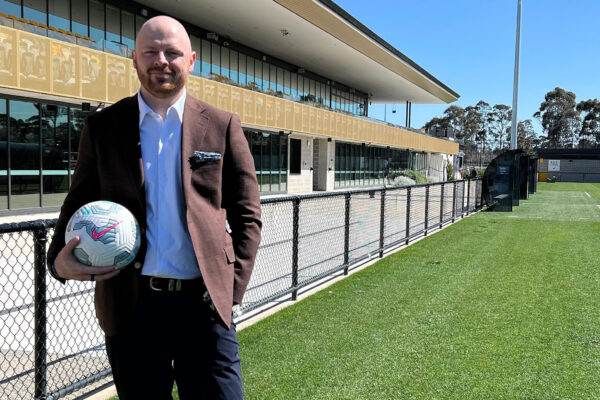
Across the world the coaching is becoming ever more professional and sophisticated as technology continues to elevate the way players are developed and trained. One company leading the technology revolution in football is Zone14. Hailing from Austria, Zone14 supports coaches and clubs via its unique Zone14 ONE and TWO cameras.
These unique cameras not only capture match footage but use the power of Zone14’s very own AI to capture valuable game data without burdening players with bulky vests or uncomfortable trackers.
Zone14 Cameras
The Zone14 ONE and TWO cameras are the organisation’s leading product, providing an all-in-one camera solution for professional and amateur clubs.
Designed to be easy to use, Zone14’s cameras use AI tracking to capture players and the action without relying on a cameraman. Additionally, each camera is reinforced for all weather duty, allowing for them to capture clear 4K footage in whatever condition a team is playing in.
After a game, cameras automatically upload game video to Zone14 REPLAY, either via 5/4G, WiFi, or ethernet connection.
Zone14 REPLAY
Zone14 REPLAY is Zone14’s video cloud hosting service and analysis tool. Through it, coaches can individually tag important moments in game recordings to highlight to players, or they can use tagged moments from Zone14’s data analysis and football coding process.
After tagging, coaches can easily analyse footage with built in drawing tools, allowing them to convey player movements or crucial passes.
Game recordings can be easily found again and again by neatly organising them into individualised playlists that suit each coach’s needs. To enable greater understanding amongst assistant coaches and players or to provide fans greater experiences with the club, video recordings can be shared via Zone14 REPLAY.
Furthermore, clubs can use the platform to create highlights for fans that can be shared on YouTube.
Zone14 LIVE
Breaking down barriers for fans, Zone14 offers an incredibly unique opportunity for fans to watch games of their favourite clubs by granting the ability for clubs to livestream games, even for amateur clubs.
Games can be broadcast live and free on YouTube, allowing for fans to watch on any device. Through this, clubs can customise their streams to their liking, such as integrating sponsors for greater financial opportunities. Additionally, clubs can choose to monetise their streams behind a paywall, without fear of losing any revenue to Zone14.
Streaming allows for clubs to market themselves easily, as it continually provides material to add onto social media pages in the form of stories or clips.
However, Zone14 LIVE not only allows for greater fan interaction but also grants coaches to analyse games on the fly.
With an available second screen, coaches can use features from Zone14 REPLAY, live tag important moments to review later, and even instantly playback those very same moments to gain a deeper understanding of what is happening on the pitch.
By being able to instantly access footage, coaches can adjust instructions and relay key information to players at half time or on the bench to improve performances.
Zone14 STATS
Utilising Zone14’s 180-degree AI powered cameras, Zone14 STATS provides key player data via player tracking.
Through the cameras, Zone14 tracks an array of valuable footballing data such as running routes, ball actions, and tactical patterns as well as a wide breadth of performance data like distance covered, number of sprints, high intensity runs, average speed and top speed.
Conclusion
Through offering features for both fans and coaches, Zone14 provides a unique suite of products that differentiates it from its competitors.
For those wanting to up their game and foster a greater sense of community, Zone14 could be the solution.














